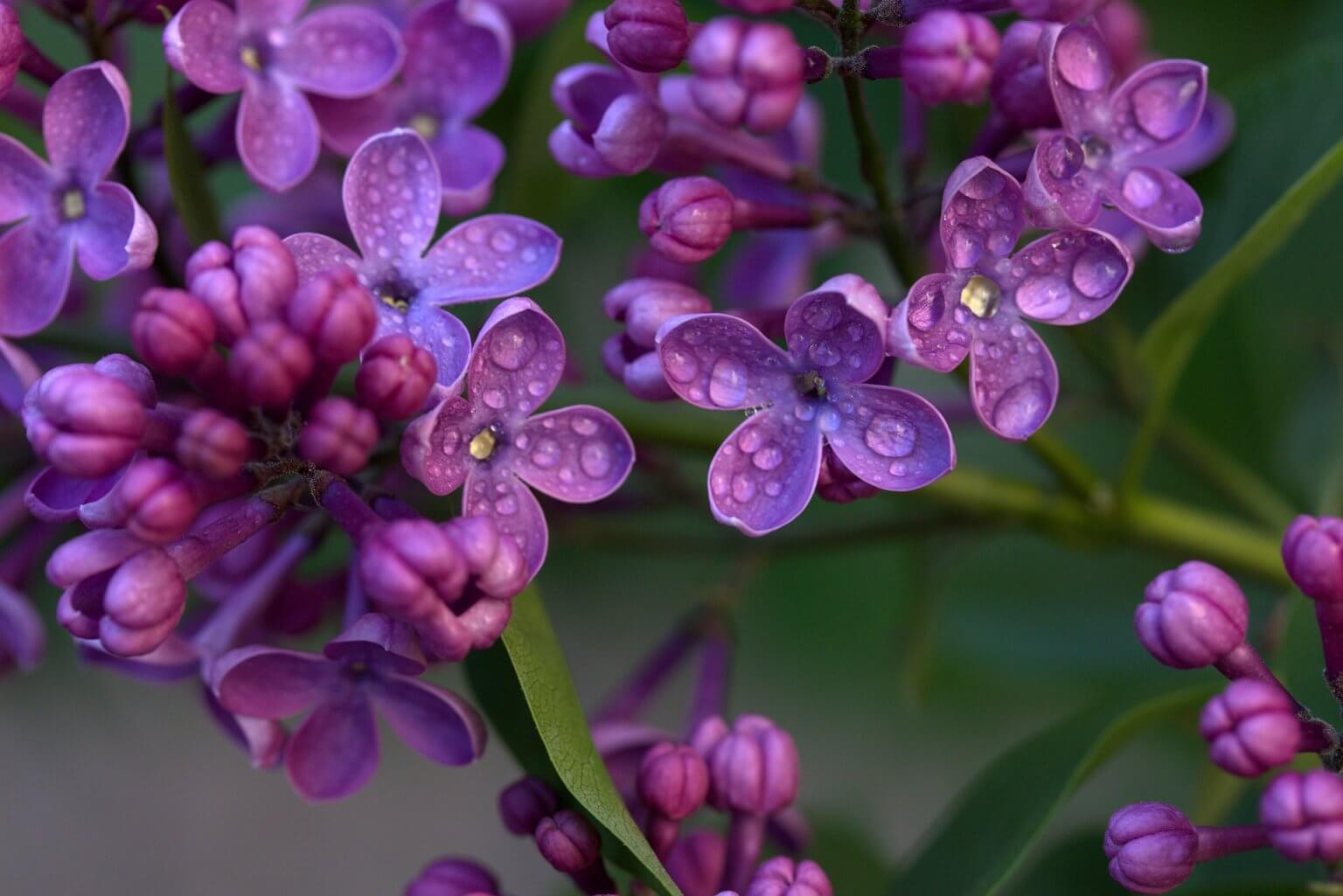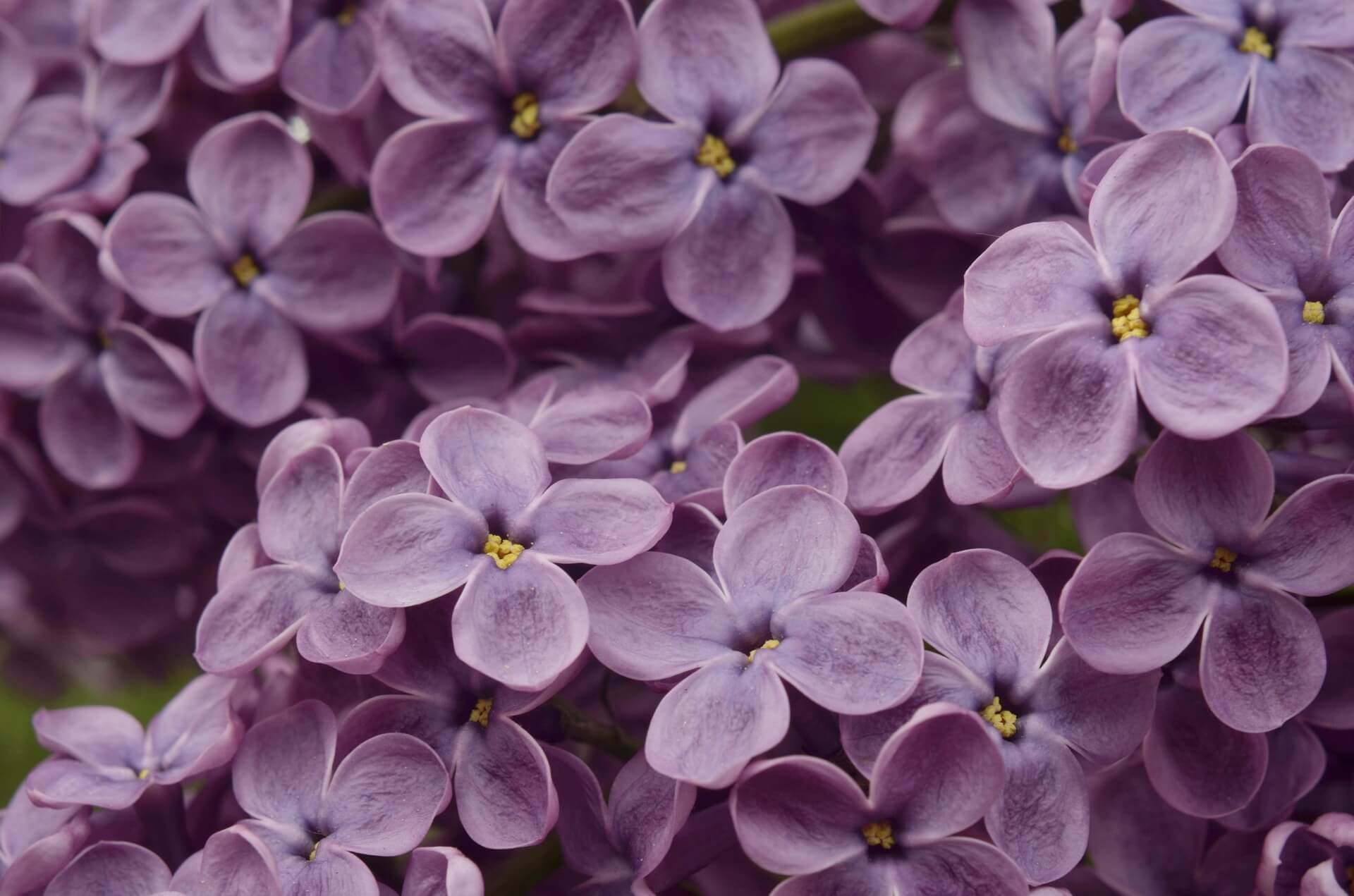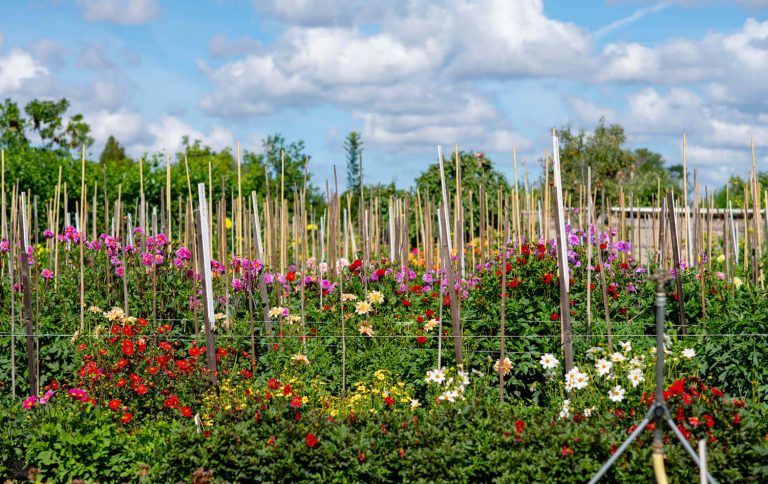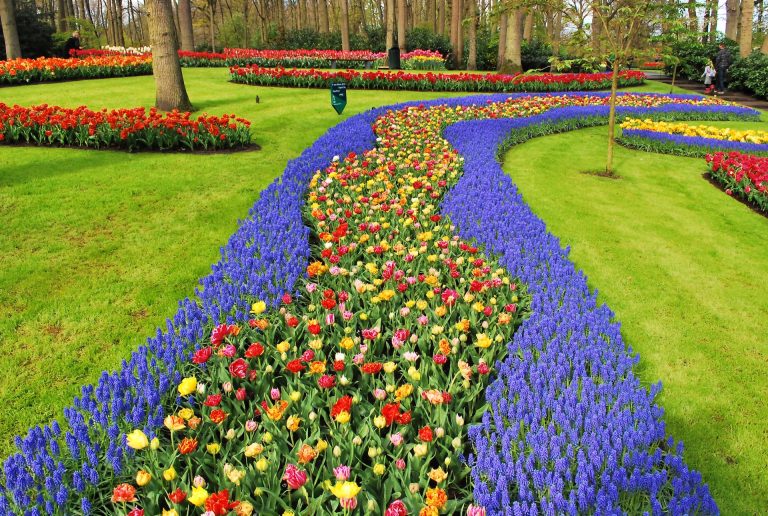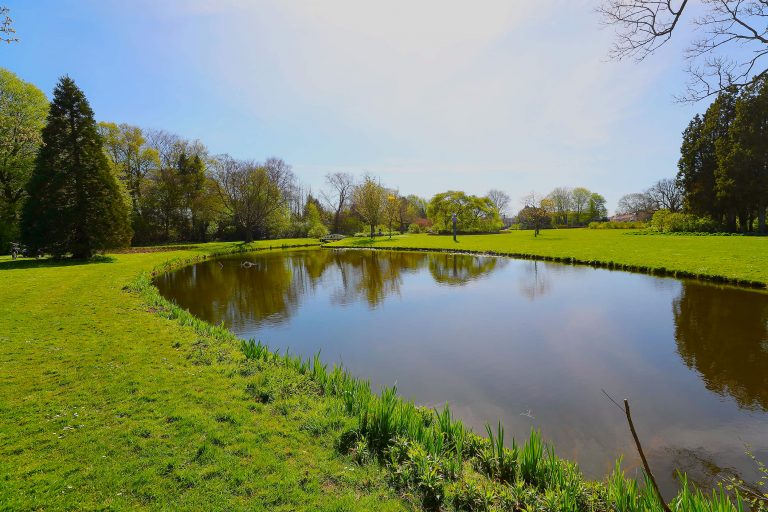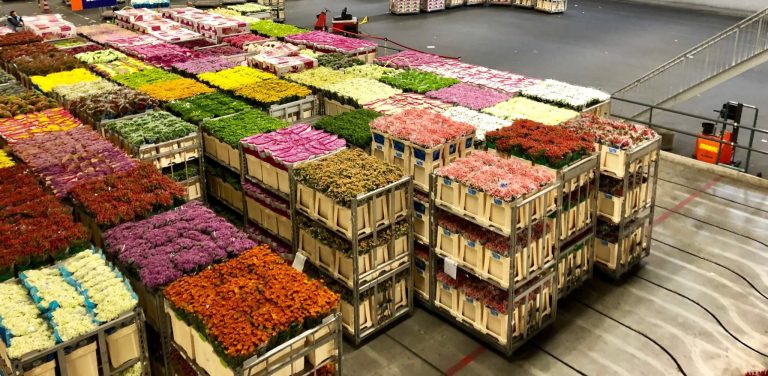The quintessential Aalsmeer is famous for its lilacs, and the lilac bloom is the jewel in the crown of Aalsmeer’s flower world. In short, without Aalsmeer there are no lilacs and without lilacs there is no Aalsmeer. No less than 95% of the world’s production of lilac blooms, or ‘seringen’ in Dutch, come from the Aalsmeer upland fields. From the Westeinderplassen fields to the Seringenpark and the Lilac Experience. All you need to know about lilacs in Aalsmeer!
Why lilacs in Aalsmeer?
The Lilac Specialist explains: “Lilacs have traditionally been linked to the Aalsmeer uplands. This is the peat land found in and around the Westeinderplassen nature reserve. The soil here, so rich in minerals and organic matter, makes this ideal lilac growing country.” He goes on to say that the soil is replenished every two years with freshly dredged silt and mud derived from the Westeinderplassen and that this is essential in order to obtain a good fine-grained root structure. And these roots are the basis for a successful flower branch on a lilac bush.
In addition to good soil, long-term cultivation is also essential for the cultivation of lilacs. It takes six years before a young plant makes its first journey to the temperate greenhouse. A lilac bush is moved from the field to the greenhouse every two years during the winter months. Here, the shrub’s blooming cycle is accelerated, and the flowers are harvested. A lilac bush only reaches maturity at the age of fifteen and from which point it becomes profitable in relation to the expended labour incurred. The advantage is that a lilac bush can live to be more than one hundred years old, so that the bushes are passed on from generation to generation. If you pass between the islands of the Westeinderplassen, you will also pass lilac bushes from 80 to 90 years old.
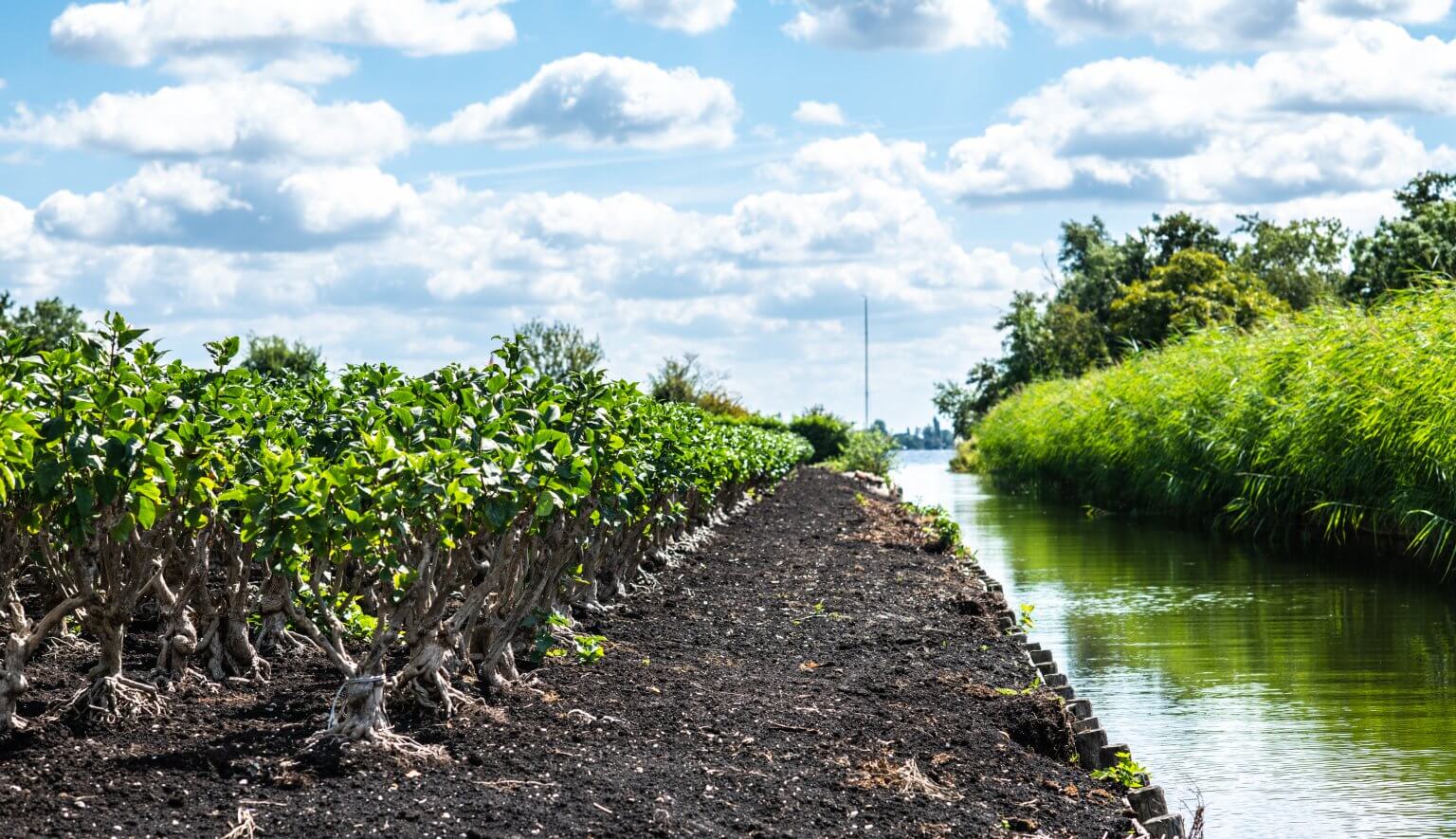
A lilac’s journey
The two-year journey of the lilac has been summarized above. This is an intensive process and the Lilac Specialist is on hand for further explanation. A young shrub is often purchased when it is about one year old. The shrub is then pruned for six to seven years and transplanted to allow growth into a shrub with a good root ball and a quality structure. The root ball and the structure are of great importance in order to produce branches of the desired quality in the future. From that moment on, the bush is ready for the two-year boat trip from field to flowering period in the greenhouse.
Is the lilac bush up to scratch?
“A new variety, bought to the greenhouse for the first time, is always exciting; what is the flower’s composition and colour going to be like? Can the lilac be maintained in the vase and is it well received by buyers?” This only becomes evident to the Lilac Specialist after six to seven years from the date of purchase of the lilac bush. If the lilac shrub has sufficient satisfactory characteristics, the plant is sailed back to the field on the Westeinderplassen in the spring and starts its biennial cycle. In the meantime, the field has already been fertilized with freshly dredged mud. The soil from the field is tilled and cultivated providing the correct nourishing environment for the root ball, giving it the opportunity to recover from the journey from greenhouse to field. The lilac bush then goes on to produce new roots allowing it to take up the nutrients from the soil.
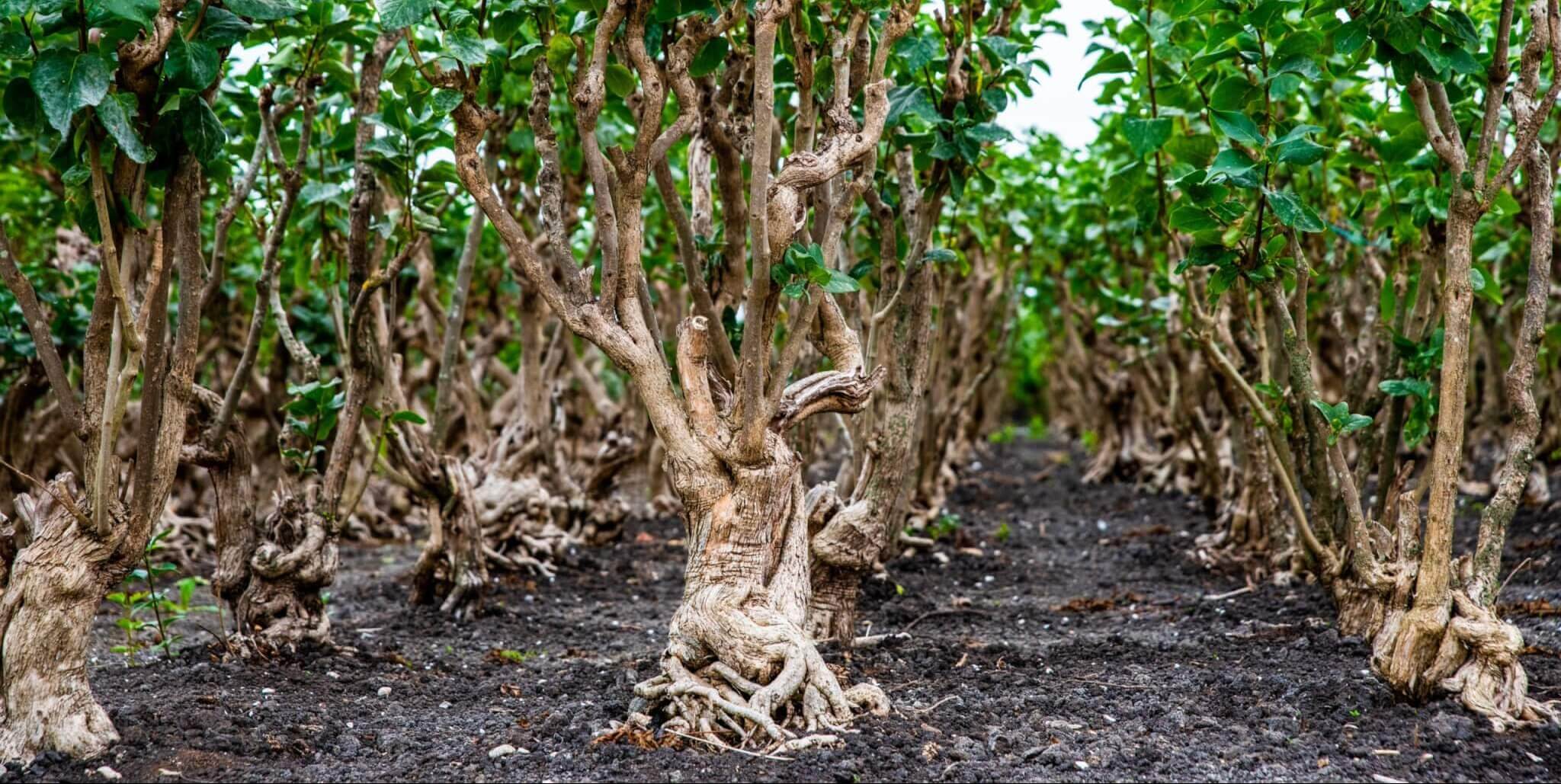
Stress situation
In the autumn it is time to prune the bush. The shrub is pruned in a certain manner to allow new shoots to absorb nutrients in the spring and the heads start to emerge. From this point onwards everyone hopes for the best weather conditions needed to foster the healthy growth of the new branches. A grower wants to have at least two flower bunches on each branch of the shrub, for which a long period of dry and warm weather is required. “We then go on to aggravate the shrub, to make it feel like as if it’s going to die so to speak. We do this by manually loosening all or part of the root ball. The shrub then lacks the ability to extract water and nutrients from the soil and goes into survival mode.” Then it’s a case of waiting for the bush to recover from the ‘stress situation’. The recovery process consists of producing new roots, so that more nutrients and water are taken from the soil to make the branches grow thicker. This is the ideal situation, but nothing is more unpredictable than the weather.
From field to greenhouse
In September, the bushes are pulled up manually and prepared for the boat trip to the storage area outside the greenhouse. October is the “sailing month” bringing the shrubs over from the islands. The fields are emptied and fertilized with newly dredged nutrients needed for the next two years growth. In the meantime, the lilac bushes, bare branched, enter the greenhouses. Early flowering is possible from mid-November in the greenhouse. The later flowering starts in mid-January or even in February. The temperature in the greenhouse makes the shrub think it’s spring. After about ten days you can make a distinction between flower and leaf shoots. The shoots are removed and then it takes another seven days before the first branches are ripe enough for harvesting, cutting and bunching. And after this? After this, a lilac branch can bloom for up to two weeks in a vase in your home!
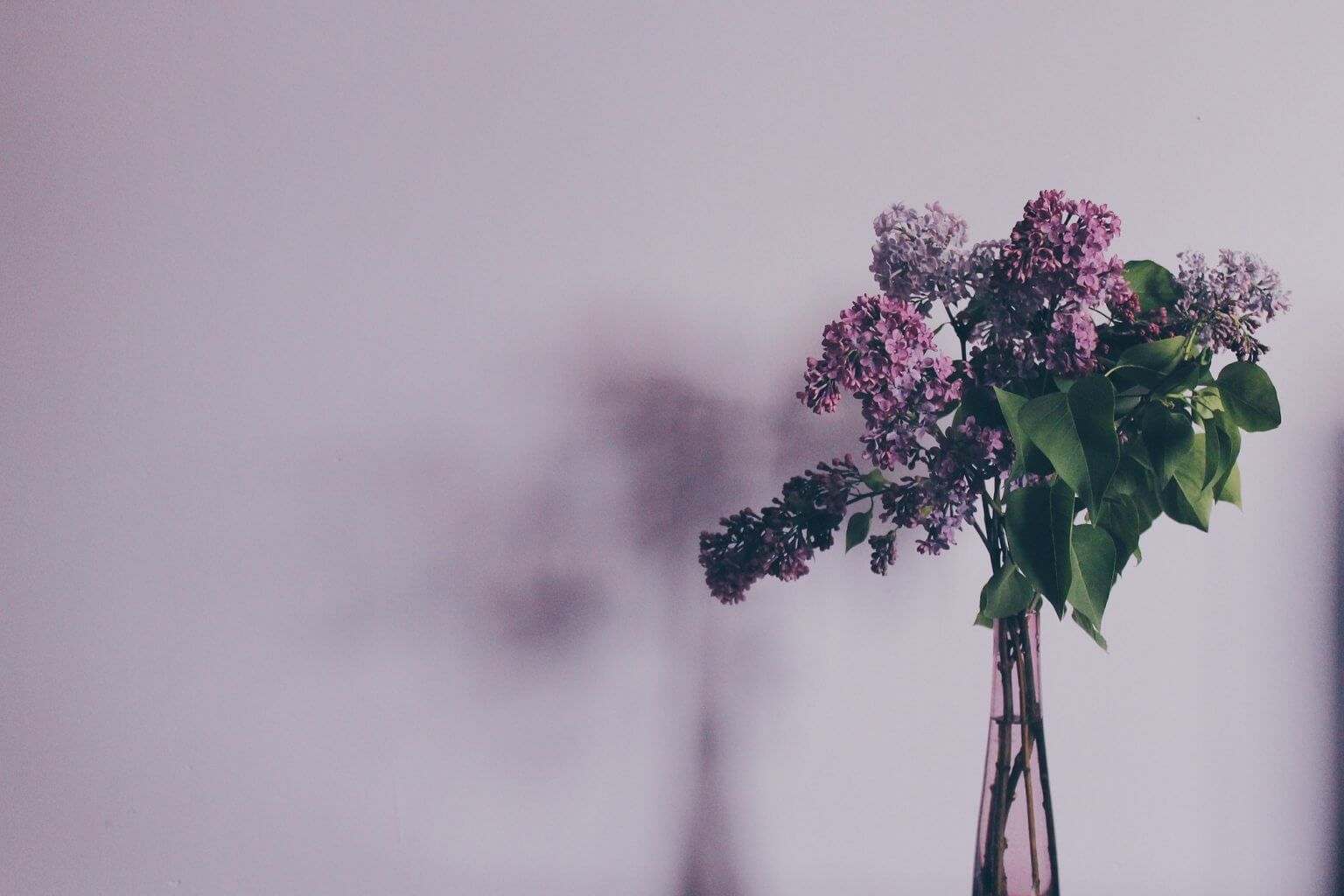
Return journey
The lilac bush then makes its well-deserved journey back to the field, when after two years it will show off its most beautiful branches and flowers in the greenhouse once again. To shine again as the unique jewel in Aalsmeer’s crown.
Traditional lilacs
“Lilacs aren’t produced in large-scale flower factories, but by small, passionate and specialised companies”, the Lilac Specialist goes on to explain. All helped by knowledge from the past and present-day craftsmanship. The excavating of the lilac bushes in the fields is still done by hand. Think about it. One bush can weigh between thirty and forty kilos. No matter how special and appreciated a traditional craft or industry may be, they are disappearing at an alarming rate. For example, many fields on the Westeinderplassen have made way for recreational islands. Years ago, there were still approximately a million lilac bushes in the fields and now there are only about 600,000.
Many lilac growers have abandoned their profession. Sons take over from fathers, but eventually decide to quit. It is no longer profitable; the climate is changing, and the challenging work exacerbates all kinds of physical complaints. Around 1960 there were 125 lilac growers in Aalsmeer and now there are less than twenty. However, “Because there are now only about twenty growers left and the flower trade also specialises, aiming their sales at target groups, supermarkets, flower shops and events, there is perhaps room again for the traditional lilac. Nowadays the lilac has a very high added value and in recent years decent returns have been made.” The Lilac Specialist hopes that the existing growers will be given room to manoeuvre and that there will be a future for the children of growers who are enslaved to the beautiful character of the lilac profession. “Hopefully this will mean lilac cultivation will not die out!”
Discover the lilacs in Aalsmeer
Would you like to admire the beautiful lilacs and their special culture for yourself? These are our tips!
- Historical Garden: do you want to appreciate the beautiful and many kinds of lilacs in Aalsmeer? Then make a visit to the Historical Garden where you will find no less than 170 species. Some shrubs found here are about fifty to sixty years old. A guide will inform you all about lilac cultivation.
- Lilac park: Aalsmeer has even named one of its parks after the lilacs: the Seringenpark. The park was created in 1951 and displays over 100 different types of lilacs.
- Lilac Experience: every year in March and April, the Lilac Specialist and the Westeinder Rondvaart organise the Lilac Experience, allowing you to discover the world of lilacs in Aalsmeer from the water and ashore. The Lilac Specialist also opens its doors, which are normally not open to visitors.
